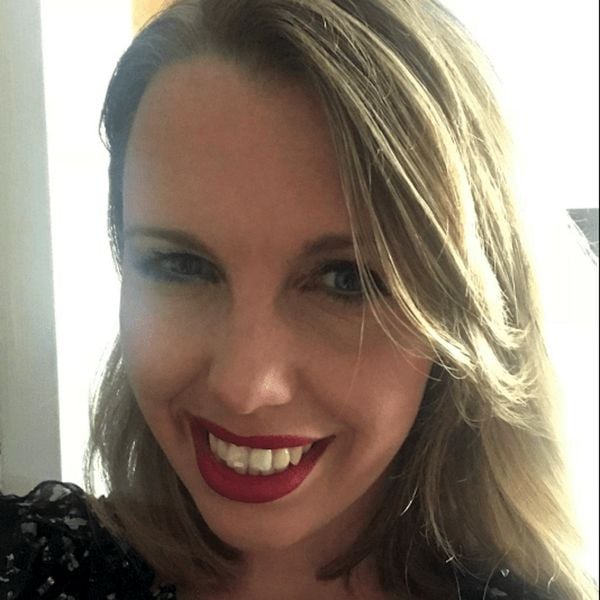
Kelly Moran is a technology leader who recently left her position with Boeing in Europe, where she led the innovation development for metal technology solutions, with Additive Manufacturing as a core focus.
After graduating in Product Design (Mechanical Engineering), Kelly started her career as a Mechanical Engineering Designer in the Water Industry, designing fluid flow control systems. With a life-long love of aircraft, she transitioned into Aerospace early in her career, seizing the opportunity to work on the Next Generation Composite Wing, A400m and A350 with Hyde Engineering. Towards the end of her time with Hyde Engineering, she led Hyde’s engagement with Bloodhound SSC, the UK’s Land Speed Record Car aiming to eventually travel 1000mph on the Hakskeen Pan in South Africa.
This resulted in a once in a life-time Engineering Adventure when she was offered a position with Bloodhound SSC directly, where she spent a couple of years on the car’s Aero-Structures as a Senior Design Engineer. Her career in Additive Manufacturing followed, beginning with GKN Aerospace, where she focused on bridging the gap between the Technology and Engineering. Kelly is presently on sabbatical, studying a part-time law degree and volunteering.
Nora Toure: Kelly, could you let us know about your background and your journey to Additive Manufacturing?
Kelly Moran: During my last years of school, I was determined to join the Royal Navy, sitting the Admiralty Interview Board in my final year of A-Levels. Given that no interview since has necessitated leading a group of people over a pool of water without (at some point, inevitably) falling in and completing the remainder of the tasks soaked through, my expectation of interviews thereafter was a relative anti-climax. Attending an “Acquaint Course” at Britannia Royal Naval College and a Royal Navy Sponsored Flying Award, I thought I had life figured out (I was eighteen, after all). Seems life had other ideas and circumstances derailed my “best laid plans”, steering me instead to an unexpected career in Engineering.
The roles I held immediately post-graduation focused on Engineering Design. Over the years, I am grateful to have worked alongside pockets of brilliance across Engineering Industries, with exposure to exciting innovations, on a diverse career path. A professional introduction to Additive Manufacturing came during my time in Bristol with Bloodhound SSC, when I joined an impromptu dinner with a group discussing auxetic structures and AM (thanks to Lieve Boeykens, Materialise!). It was a bright new world to me and led to my first formal foray in the field with GKN Aerospace. The potential applications for Additive Manufacturing and how the technology can positively impact lives captured my imagination.
Nora Toure: To date, what would you say is your greatest achievement in Additive Manufacturing?
Kelly Moran: Working towards connecting all arms of the “Industrialisation Triangle” through collaboration between the OEM, Suppliers (hardware, software and product) and the Regulating Bodies. With any one of those partners missing from the development equation in Additive Manufacturing, it is a struggle to move forward effectively and develop for production. The engagement aimed to generate replicable data for understanding a current technology baseline, as a starting point to guide future development.
Through creating a baseline, it is possible to then align evolution of hardware, software and auxiliary functions in the context of developing for an application. For me, a sense of achievement (and also the challenge) stems from bringing these parties together, attempting create progress, build trust for an effective partnership and enable those pieces to fall into place.
Involvement in “Next Generation” Additive Manufacturing machines, working with developers as a representative of the OEM was also an informative experience, particularly in terms of scoping, defining functionality requirements and supporting the broader view strategy for future development. There is so much potential we have yet to identify, let alone unlock and mapping out the strategy for how those pieces fit together for optimal solutions is definitely my favourite part.
Read the rest at Women in 3D Printing
